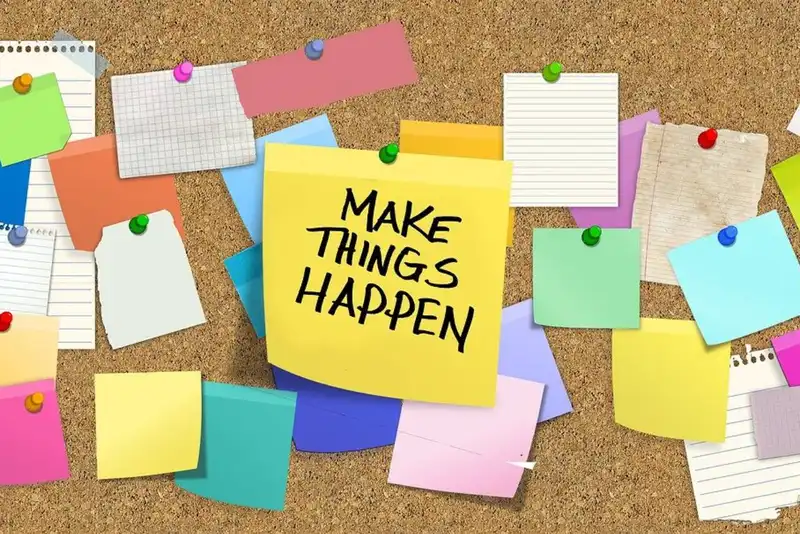Why Employee Development Matters
How Employee Development Influences Work Culture
What Is Employee Development? Employee development is a process with the following steps-
- Identify the different roles employees have in your organization and the skill sets required in those roles.
- Identify the actual skills of your employees.
- Identify the new skills or new roles your business will need for the next year and for the next five years.
- Take note of the gaps between the skills people currently have and the skills they must have to meet today's and tomorrow's challenges.
- Make a plan on how to incorporate these skills into your organization.
Employee Development and Work Culture
Not having employee development programs in your business can result in the following-
- Poor production and substandard work results - Have you ever been thrown into a job without any employee training with the simple instruction to just do it'?
If you needed the paycheck badly enough you'd just struggle on and eventually, you'd be able to get a handle on it but not without a lot of mistakes, stressful situations, bungled work, and generally low morale.
This is what happens when you don't have an employee development program as part of employee development. Even if you can live with the initial substandard work output you better pray that your employee does need that paycheck. If not you'll have to go through all the time and expense of rehiring.
- Low morale - This is not a problem of yours because you own or manage the business and you have long since realized that the success of the business is tied to your success. But you have to realize that this is not the case for your employees.
They want to do their jobs properly by being given structured training programs and they want professional development by knowing that they have a clear career development path. In other words, your employees are asking what's in it for them?' - a development plan is an answer.
The absence of employee training or employee development plan will not contribute to producing an engaged employee or workforce. Employees need to have within company employee development training to increase their job satisfaction and connection to the work they produce.
By producing engaged work employees are more likely to strive to accomplish more at their job and strive for professional development just as much as personal. This contributes to a dismal, unproductive atmosphere, and poor work culture known as having low morale.
- Uncompetitive business - If you are not developing your employees and not improving them, other businesses are. These are the businesses that, in time, will outcompete you in the market simply because you did not have the foresight to spot new trends, new processes, new technologies, new roles, and skills to integrate into your operations.
An employee development strategy is not only a development strategy for your employees, it is also a development strategy for your business so that it can keep up with the times.
Why Employee Development Is Important

Here are the benefits of having employee development as a part of your internal business processes.
- Attract the best employees - Having an employee development strategy will enable you to identify the current and future trends of your business.
If you're a restaurant you'll most likely be on top of what the best equipment in the market is, new ways to take advantage of the Internet and other technologies, and improved processes whether it is back of the house, front of the house, or corporate.
This will, in turn, be attractive to high-quality employees eager to be a part of organizations that are clearly on the way up.
- Retain the best employees - Employee development means that you have a solid onboarding program for new hires and a plan of steady skill development for existing employees.
Bottom line- Your employees will sense that you are running an organized business that will benefit them in terms of learnings and career paths. You'll not only be the place to go to for ambitious employees, you'll be the place to stay to build their careers.
- Save on hiring costs - According to research, the average cost of hiring an employee is anywhere from $4,000 to $7,645. Having an employee development structure or program allows you to train up existing employees for new roles in the organization.
It might be a sideways promotion (same level just different roles) or a straight promotion, either way, it would most likely be more cost-effective to hire from the inside.
- Be ready for what's next - Looking back at what an employee development practice requires you to do, it requires you to ask yourself about the future shape of your business and plan employee development accordingly. Beyond knowing what skills to develop, this also makes you look up and see what's coming for your industry and allows you to position your business accordingly.
Conclusion
Here are the main points of this article-
- Employee development is a multi-step process that makes you aware of skill deficiencies in your organization.
- Having no employee development practices in your business will result in poor output or production, low morale and the danger of being outcompeted.
- With an employee development strategy in place you will most likely attract and retain the best employees, save on hiring costs, and anticipate changes in your industry.






